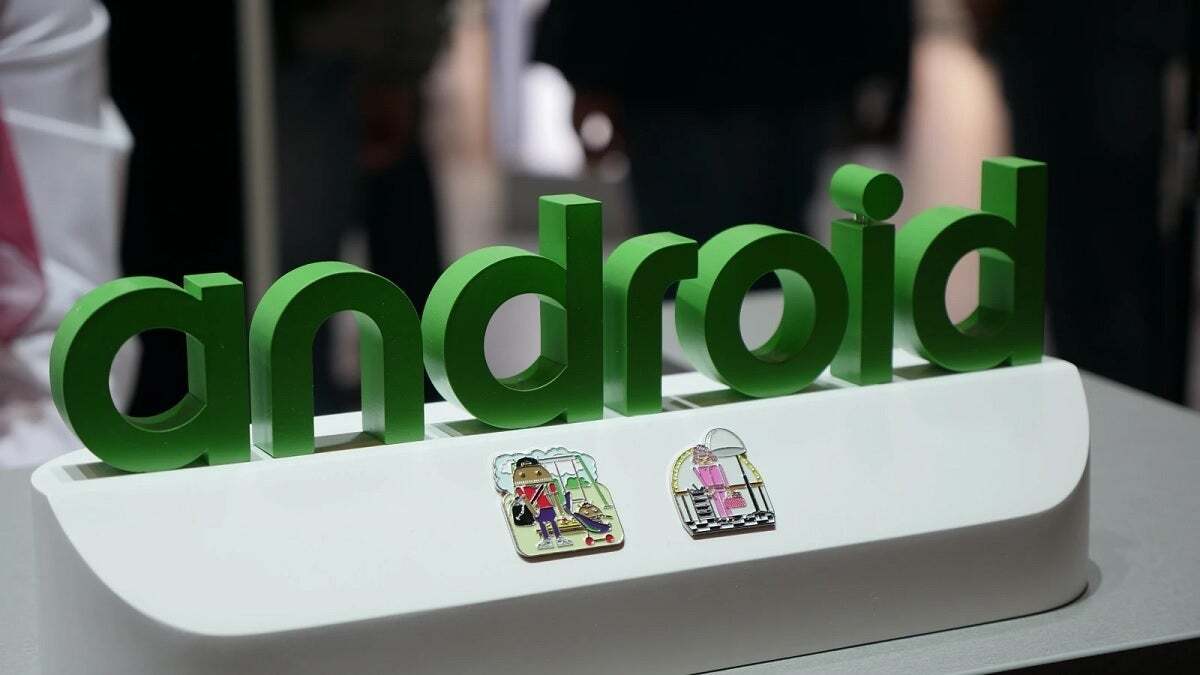In the world of present day generation, Integrated Circuit (IC) chips stand because the unsung heroes, quietly powering the devices we rely on day by day. From smartphones to spacecraft, IC chips are the foundational additives that make electronic devices feature seamlessly. If you’ve got ever been curious about what lies on the coronary heart of your gadgets, this beginner’s guide to IC chips will illuminate their importance and functionality.
Understanding Integrated Circuits
Integrated Circuits, commonly called IC chips or microchips, are miniature digital circuits etched onto semiconductor substances which includes silicon. These circuits encompass severa electronic components like transistors, resistors, capacitors, and diodes, all interconnected to perform particular talents.
The Birth of IC Chips
- Jack Kilby and Robert Noyce are credited with independently inventing the integrated circuit within the overdue Nineteen Fifties and early Sixties.
- Kilby’s invention at Texas Instruments and Noyce’s paintings at Fairchild Semiconductor revolutionized electronics by condensing entire circuits onto small silicon chips.
- IC chips hastily changed cumbersome and unreliable vacuum tubes, paving the manner for the miniaturization of digital gadgets.
Types of Integrated Circuits
- Analog ICs: These ICCHIPS process continuous signals and are commonly found in audio amplifiers, voltage regulators, and sensor interfaces.
- Digital ICs: Digital ICs manipulate discrete signals, performing logical operations crucial for computing tasks. Microprocessors, memory chips, and logic gates are examples of digital ICs.
- Mixed-Signal ICs: Combining both analog and digital circuits, mixed-signal ICs are prevalent in devices requiring analog input/output with digital processing capabilities, such as smartphones and medical instruments.
Anatomy of an IC Chip
Understanding the structure of an IC chip elucidates its complexity and functionality.
Components of an IC Chip
- Transistors: The essential building blocks of ICs, transistors control the go with the flow of electrical cutting-edge and expand or switch digital alerts.
- Interconnections: Thin metal wires or lines connect numerous additives within the IC, facilitating communique among transistors and different circuit factors.
- Die: The actual silicon substrate of the chip, wherein all of the circuitry is etched.
- Package: IC chips are encased in shielding packages, which defend them from bodily damage and offer electrical connections to external circuitry.
Fabrication Process
- Design: Engineers design the IC’s layout using specialized software, determining the arrangement of components and interconnections.
- Masking: A series of masks are created based on the design, which guide the patterning of circuit elements onto the silicon substrate.
- Etching: Chemical processes etch the desired circuit patterns onto the silicon wafer, forming the basis of the IC.
- Doping: Dopants are introduced to modify the electrical properties of specific regions, creating transistors and other semiconductor devices.
- Packaging: Once fabrication is complete, the individual IC chips are encapsulated in protective packages, ready for integration into electronic devices.
Applications of IC Chips
IC chips discover programs across a myriad of industries, driving innovation and enhancing functionality in numerous digital gadgets.
Consumer Electronics
- Smartphones and Tablets: IC chips power the processors, reminiscence, and wi-fi connectivity modules in modern cellular gadgets.
- Computers: From laptops to computer systems, IC chips enable the computational prowess and functionality of personal computer systems.
- Televisions and Home Appliances: Integrated circuits alter energy, system audio/video alerts, and manipulate capabilities in televisions, refrigerators, washing machines, and different family home equipment.
Automotive Industry
- Engine Control Units (ECUs): IC chips manage gas injection, ignition timing, and emissions manipulate in cutting-edge motors, improving overall performance and overall performance.
- Advanced Driver Assistance Systems (ADAS): Integrated circuits permit abilties like adaptive cruise manipulate, lane departure warning, and collision avoidance structures, enhancing automobile protection.
Healthcare and Biotechnology
- Medical Devices: IC chips energy diagnostic equipment, implantable gadgets, and clinical imaging systems, revolutionizing healthcare delivery and patient care.
- Biomedical Research: Integrated circuits facilitate genetic sequencing, drug discovery, and bioinformatics evaluation, driving advancements in biotechnology and life sciences.
Future Trends and Innovations
As technology continues to evolve, integrated circuit distributor will play an increasingly pivotal role in shaping the future of electronics.
Nanotechnology
- Nanoelectronics: Researchers are exploring novel materials and fabrication strategies to create smaller, greater efficient IC chips with more appropriate performance and functionality.
- Quantum Computing: Quantum IC chips harness the concepts of quantum mechanics to carry out complicated computations exponentially faster than classical computer systems, promising revolutionary breakthroughs in cryptography, optimization, and simulation.
Internet of Things (IoT)
- Embedded Systems: IC chips shape the backbone of IoT devices, allowing seamless connectivity and records trade among sensors, actuators, and cloud-based certainly offerings.
- Edge Computing: Integrated circuits empower side gadgets to technique and look at facts regionally, decreasing latency and enhancing real-time responsiveness in IoT packages.
Conclusion
Integrated Circuit chips constitute the technological marvels that underpin our virtual global, powering the entirety from smartphones to spacecraft. Understanding the fundamentals of IC chips offers insights into the tricky workings of electronic devices and the transformative impact of semiconductor era. As innovation continues to boost up, IC chips will remain at the forefront of technological development, using progress and reshaping the destiny of electronics.




